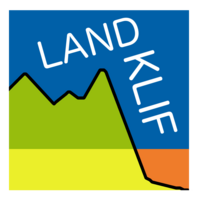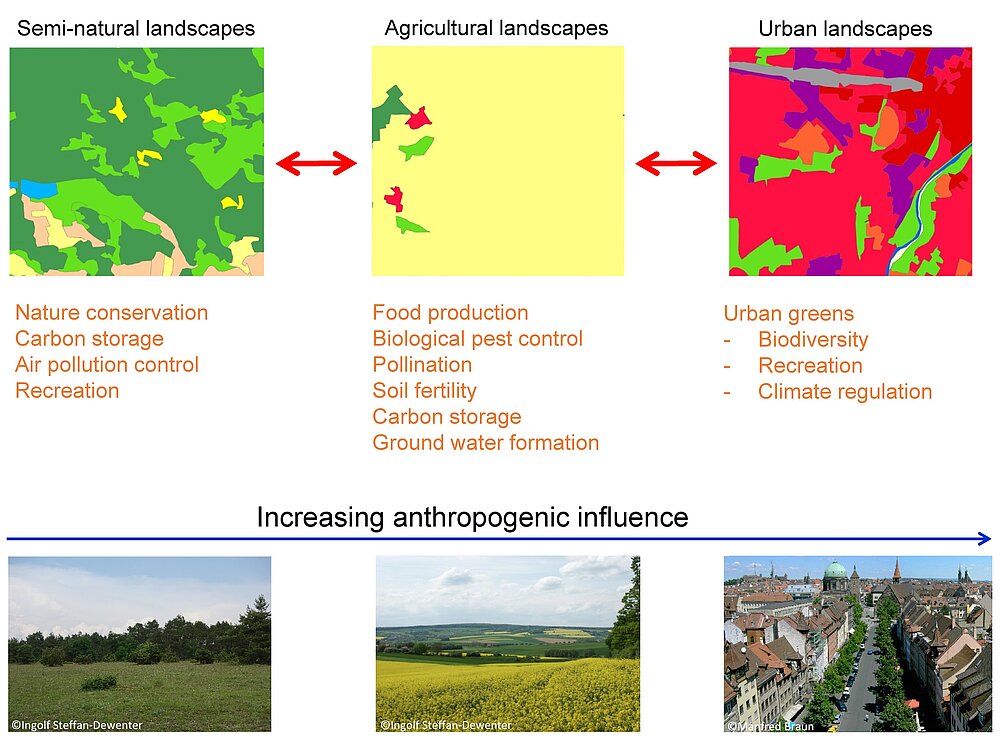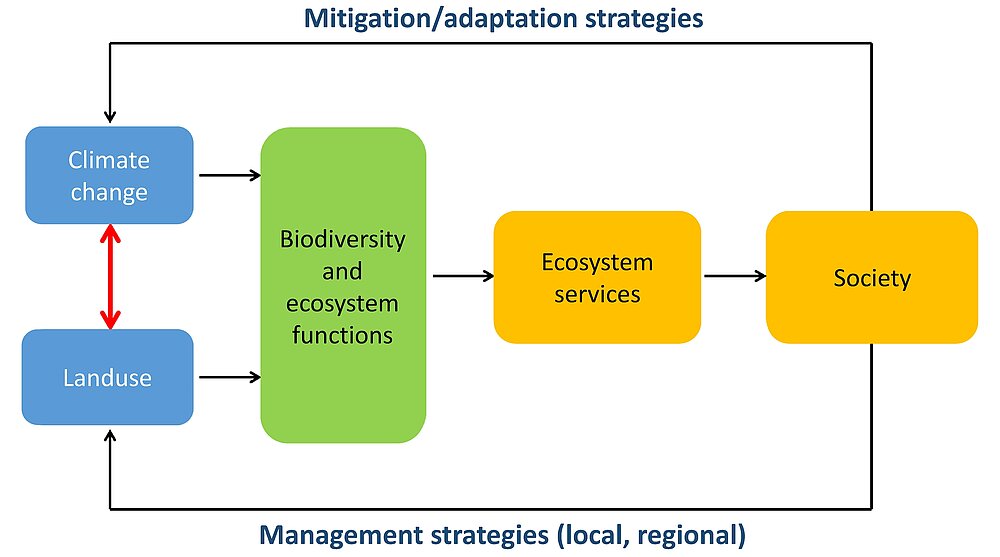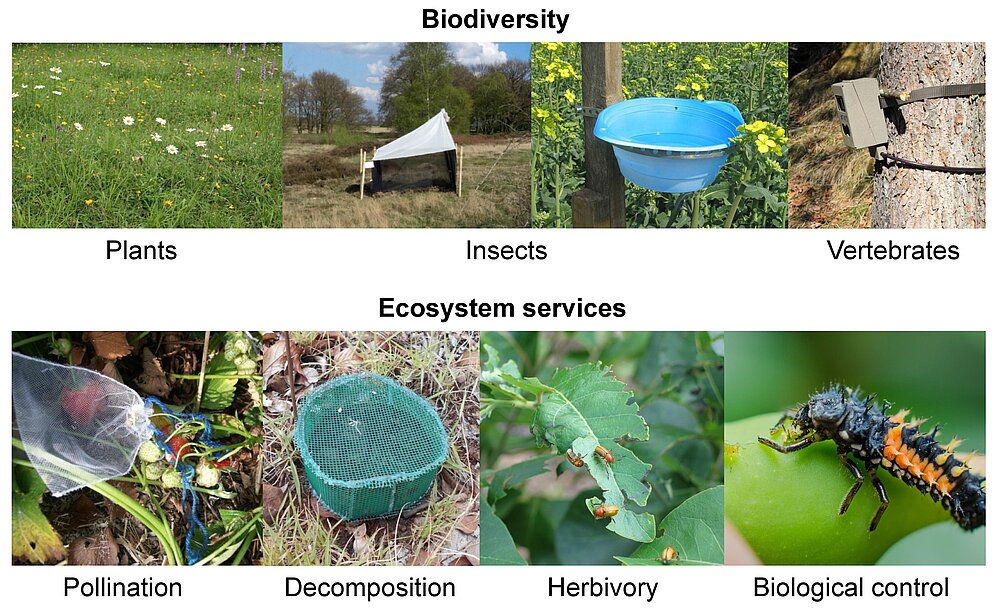LandKliF
LandKlif - Effects of climate change on biodiversity and ecosystem services in semi-natural, agricultural and urban landscapes and strategies for management of climate change


Ingolf Steffan-Dewenter, Jörg Müller, Thomas Hovestadt, Jie Zhang, Sarah Redlich, Ute Fricke, Cristina Ganuza Vallejo
Funding: Bayerische Staatsministerium für Bildung und Kultus, Wissenschaft und Kunst
Duration: May 2018 - Dec 2024
Website: www.landklif.biozentrum.uni-wuerzburg.de
Climatic conditions and land use have a significant impact on habitats, biodiversity and ecosystem services. The transformation of semi-natural habitats into agricultural areas or settlement changes the species inventory, the provision of ecosystem services and the adaptation potential of ecosystems to changing climatic conditions. At the local level, there is often a positive correlation between biodiversity and ecosystem functions. However, until now, studies on the following aspects are still missing: (1) how climatic gradients and the landscape composition and configuration influence the biodiversity and the provision of ecosystem services, (2) which interactions exist between climatic conditions and land use, (3) whether biodiversity at population, species community and landscape level improves the resilience against climate change and extreme climatic events. The LandKlif Network investigates the biodiversity and multi-functionality of semi-natural, agricultural and urban landscapes in different climate zones of Bavaria, in order to answer these questions and to develop options for the mitigation of climate change as well as the adaptation to changing climatic conditions (Fig1.). The three landscape types differ fundamentally in the level of anthropogenic impact, biodiversity, and ecosystem services which they provide to the society. A better understanding of the interactions between landscape structure, regional climate change and ecosystem responses is an important basis for developing strategies to climate change mitigation and regional adaptation to its consequences.
In the LandKlif network, a total of 60 representative semi-natural, agricultural and urban landscape areas are chosen, which cover the temperature, precipitation and elevation gradients in Bavaria from dry-warm regions in lower Franconia to the highlands of the Bavarian Forest and Berchtesgaden National Park. In each of five climatic zones, four landscape areas are selected, which represent a gradient in habitat diversity, so that a total of 20 study sites per landscape type are investigated. For each landscape, existing datasets are used and new observational and experimental data will be collected.
The ten subprojects (SPs) address complementary tasks for the study of land use, climate, biodiversity, and ecosystem services. The derivation of regional, landscape-based management strategies for climate protection, nature conservation and preservation of ecosystem services will improve the ecological, economic and social resilience of Bavaria to climate change (Fig. 2).











